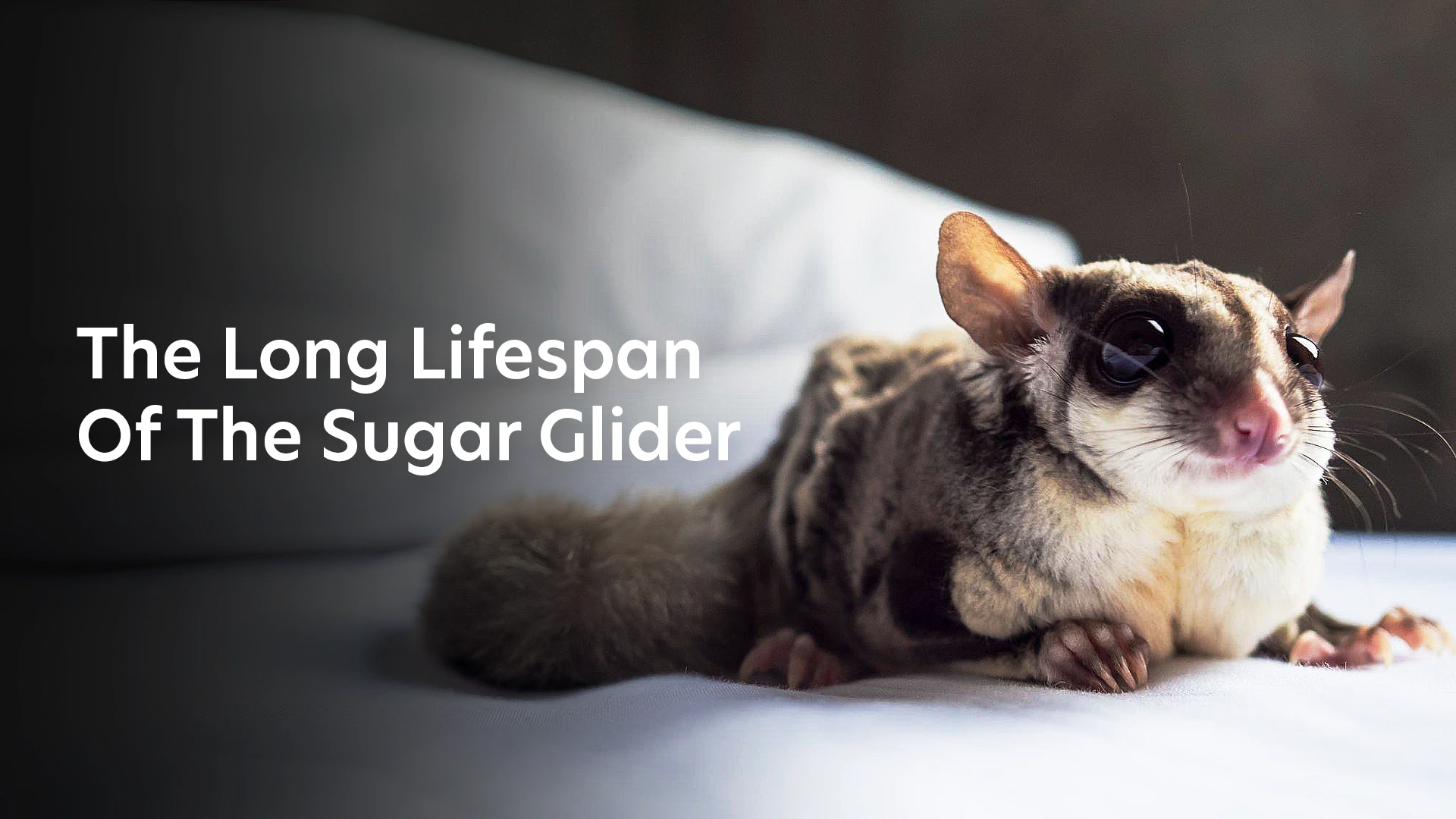As someone who is passionate about pets (and exotic pets in particular), I’ve had the pleasure of spending some time with these fascinating little creatures, and the one thing that has always amazed me, is how long they live — they an average lifespan of 12-15 years — just as long as everyone’s favourites, Mr. Whiskers (cats) and Sir Barksalot (dogs). It’s little wonder why they’re ‘flying off the shelves’ and into the homes of pet lovers. Let us explore why sugar gliders live so long, and how you can care for them as they get older.
Factors Contributing to Their Long Lifespan
When you think about it, sugar gliders living for 15 years is pretty awesome. So, what’s their secret? Well, there are a few factors that contribute to their long life such as:
1. Slow metabolic rate: These little critters have a slower metabolism, which helps them maintain their energy levels.
2. Low body weight: Weighing between 3-6 ounces, sugar gliders have a lower weight to maintain, meaning less stress on their bodies.
3. Relatively few genetic diseases: In general, sugar gliders have relatively few inherited genetic issues compared to other domesticated animals like dogs and cats.
4. Absence of predators: In captivity, gliders don’t have to worry about predators or other life-threatening dangers. In the wild, sugar gliders only live around 3-8 years.
Keys to a Healthy, Long-Living Sugar Glider

Of course, with great power (like living over a decade) comes great responsibility. As a caring sugar glider owner, you’ll want to provide the best possible environment and care for your pet. Here are some important factors in keeping your sugar glider happy and healthy for many years:
- Diet: A balanced diet is absolutely essential for a sugar glider. In the wild, they’d be chowing down on nectar, fruits, and insects. So, it’s important to replicate that diet at home. Don’t worry, you won’t have to go on evening bug hunts! There are plenty of commercial sugar glider pellets available, along with fresh fruit and even the occasional protein treat (my favorite recommendation is cooked chicken and some eggs).
- Housing: When setting up a sugar glider’s home, think vertical. These little guys love to climb and glide, so give them ample space to do so. A tall cage, with plenty of branches, perches, and toys will keep them entertained. And don’t forget a cozy pouch for snuggling and sleeping.
- Bonding: As social animals, sugar gliders need love and attention too! Bonding with your sugar glider is crucial for their mental and emotional well-being. I’ve found that using a bonding pouch is an easy and enjoyable way to spend some quality time with your little friend. Pro tip: Make sure you’re wearing an old t-shirt that smells like you for extra bonding points.
- Veterinary care: Just like any other pet, regular visits to a vet experienced with exotic animals is essential to a sugar glider’s long-term health. They’ll help you catch and treat any potential health problems early on.
What Happens as Sugar Gliders Age?
Just like humans, sugar gliders go through changes as they get older. They might experience:
- A decline in mobility, activity levels, and organ function.
- Becoming more reclusive, clinging, and needing more sleep.
- Weight loss and dental issues.
- A weaker immune system, making them more vulnerable to illnesses.
So, how can we make their senior years as comfortable as possible?
Caring for Old Sugar Gliders
As they get, you will need to adjust their care to their changing needs. Here’s how:
- Switch To Soft Diet: Provide a consistent diet with soft, easily-chewed foods. Be sure that they maintain a balanced diet.
- Hydrate Them Properly: Like any living creature, sugar gliders need to stay hydrated. Make sure their water supply is always clean and full.
- Shelter Accessibility: Make it easier for them to access hiding spots and minimize floor time to decrease stress.
- Monitoring Them Closely: Watch their weight and appetite closely to catch any potential issues early.
The Sweet Perks of Having A Sugar Glider
Having a sugar glider in your life can be incredibly rewarding, especially since they’ll be with you for quite some time. Over the years, I’ve developed a deep bond with my sugar gliders. We’ve been through a lot together, from hilarious escapes to quiet cuddles, and every adventure has been worth it.
So, if you’re considering getting a sugar glider, remember that it is a journey that involves years of proper care, love, and attention. But I promise you, the rewards outweigh any challenges that may come your way. Embrace the adventure, and let the sweet life of a sugar glider lovingly glide into your heart.
